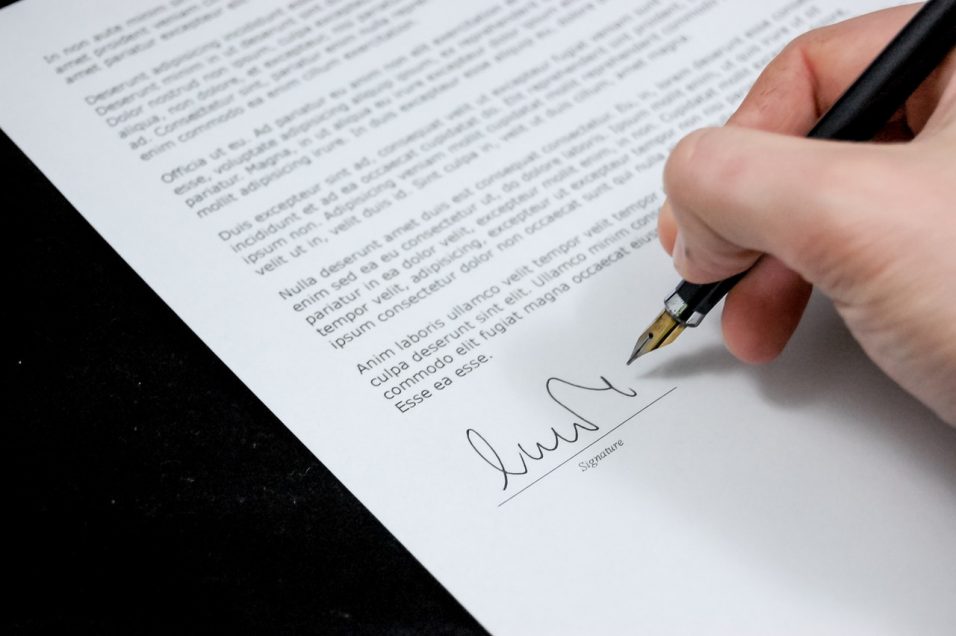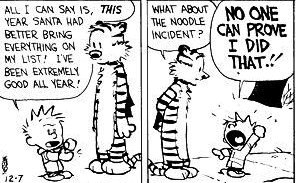Points for Style

I’ve mentioned before how non-original your basic ideas must be. Just about every creator pivots from something that’s already been done, for the simple reason that everything’s been done. No matter what your idea for a novel is, chances are it’s been done before, in some way.
So, it’s not the premise itself, it’s how you write it—the style and execution. And you get a lot of points for style. Rather than a superficial metric, style is actually a pretty important aspect of writing, and it can be the difference between an idea being seen as tired and over-done or being seen as exciting and new.
Use the Force
Case in point: Star Wars.
There’s really not a single new idea in Star Wars, and to his credit George Lucas has been pretty up-front about that. It’s a mash up of a bunch of ideas that would have been common enough for someone born in the 1940s to have encountered, starting with sci-fi serials like Flash Gordon and incorporating stuff from 1950s Westerns and other sci-fi classics like Metropolis. It’s a re-hash from beginning to end, and yet it was a huge hit and now influences subsequent generations.
The reason? Style.
Lucas took the raw materials of his influences and gussied them up in a look and sensibility—not to mention editing and screenwriting—that was wholly new and fresh at the time. The set and costume design, the music, the look and feel was something no one had seen before, and thus made a pretty shopworn plot sing.
In short, you get points for style. A Song of Ice and Fire isn’t telling a story that’s revolutionary, it’s telling a story in a revolutionary way. So don’t get too hung up on the idea of having an idea that’s somehow so unique it does all the heavy lifting for you. There are only so many stories in the universe, and they’ve pretty much all been told. There’s an infinite way to tell those stories, and that’s what you should be focusing on.
Now if you’ll excuse me I’m off to the lab to develop new ways of drinking whiskey. I’ve got an idea involving a pheasant and a trampoline that I don’t think’s been tried before.










